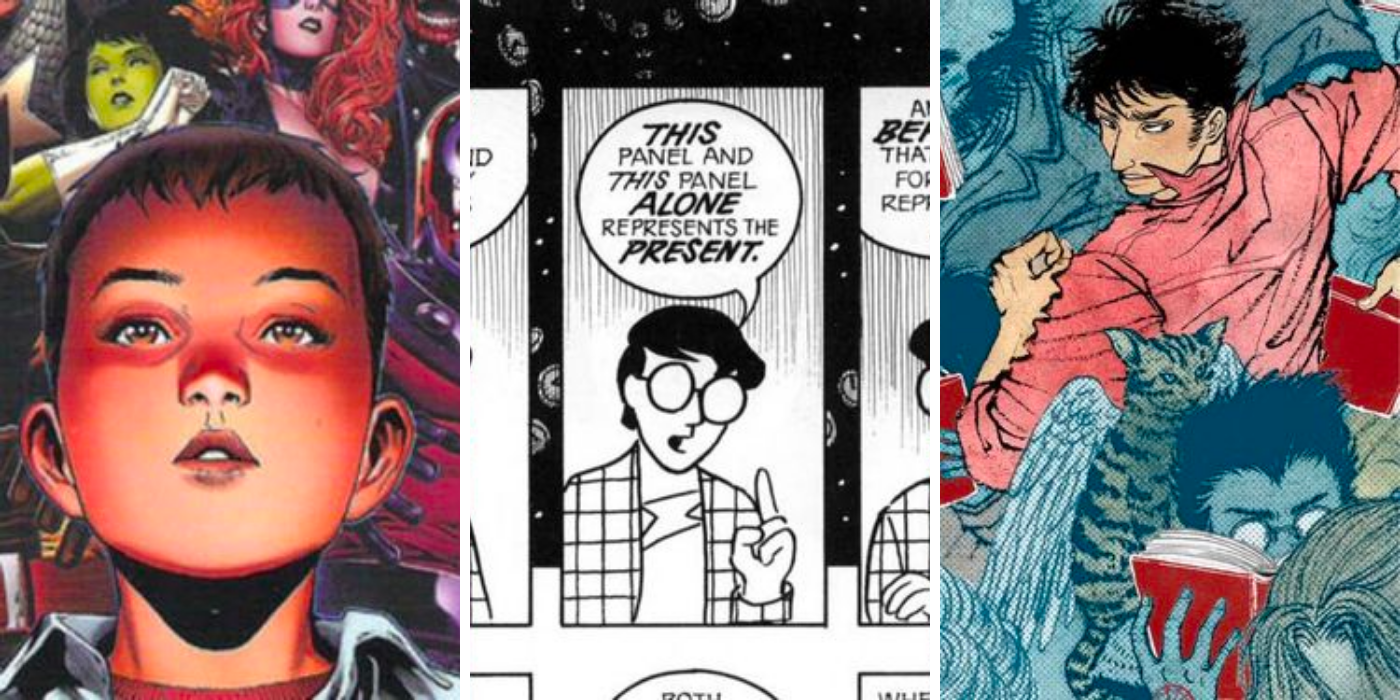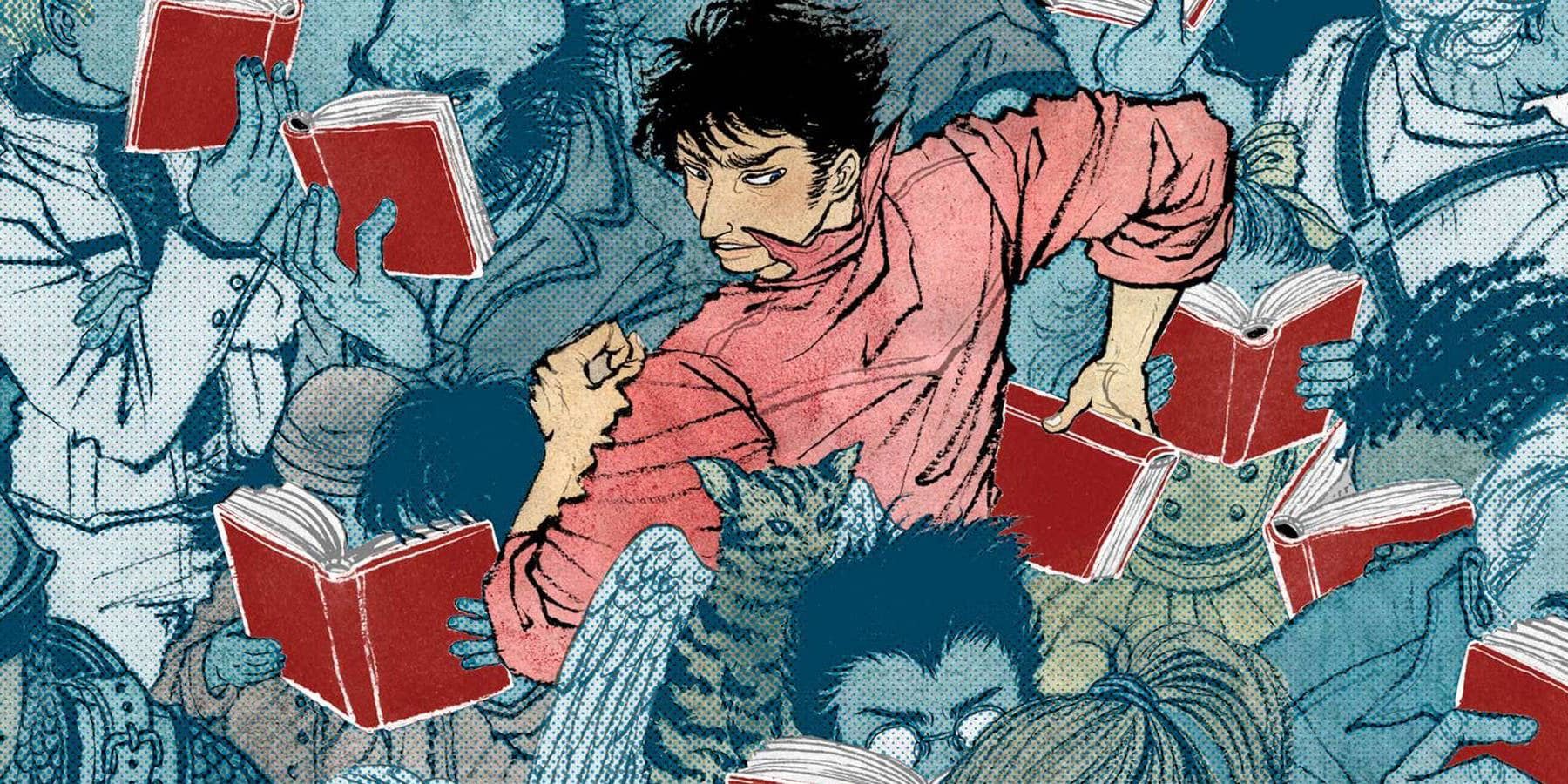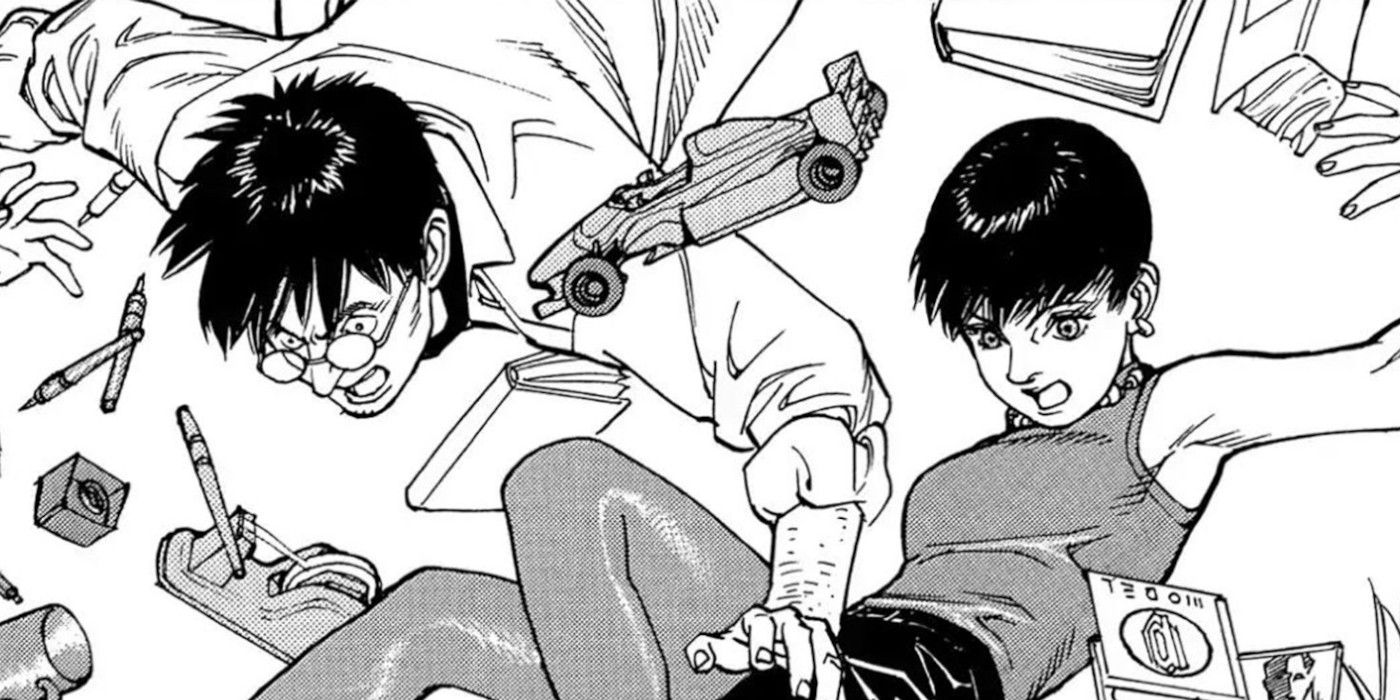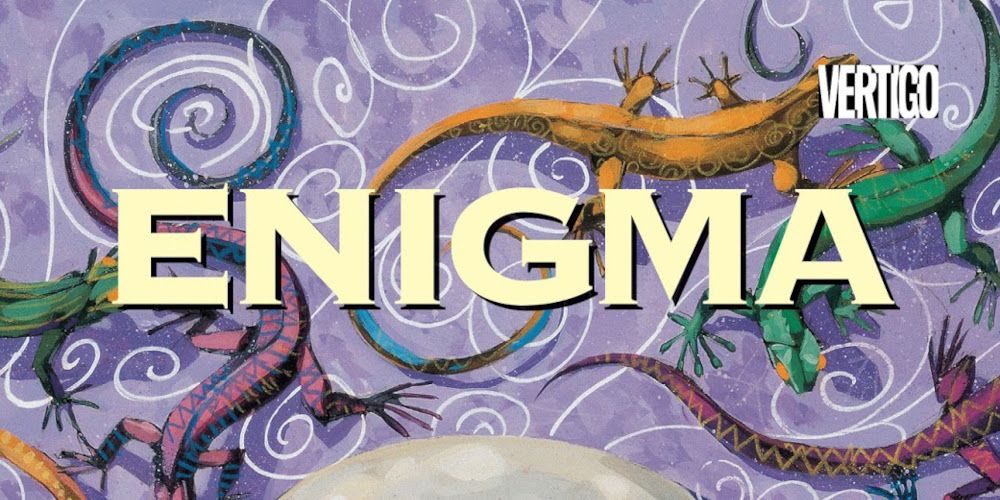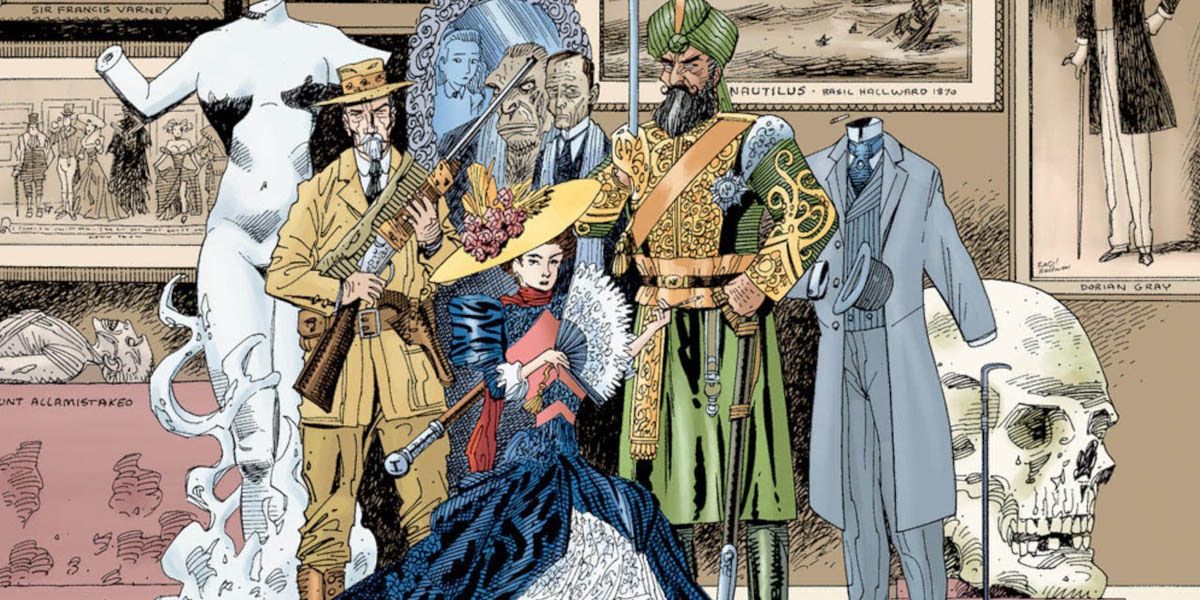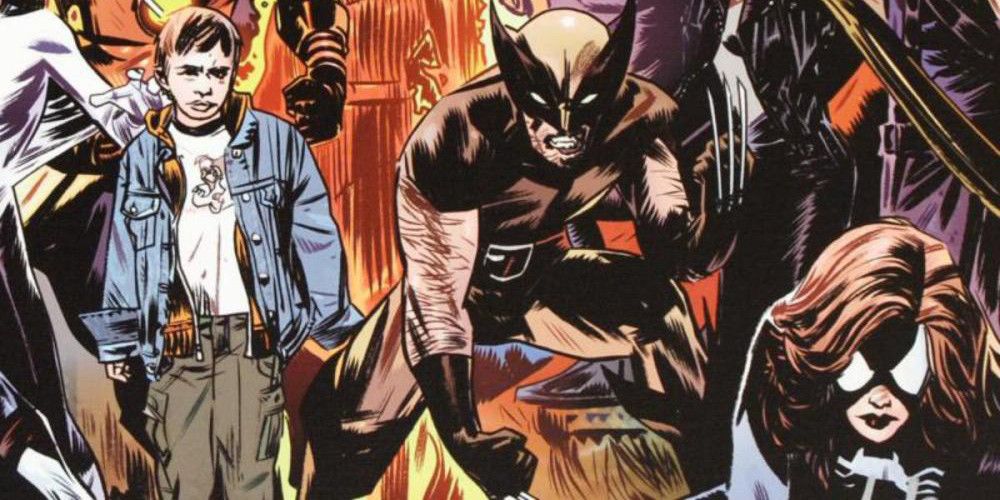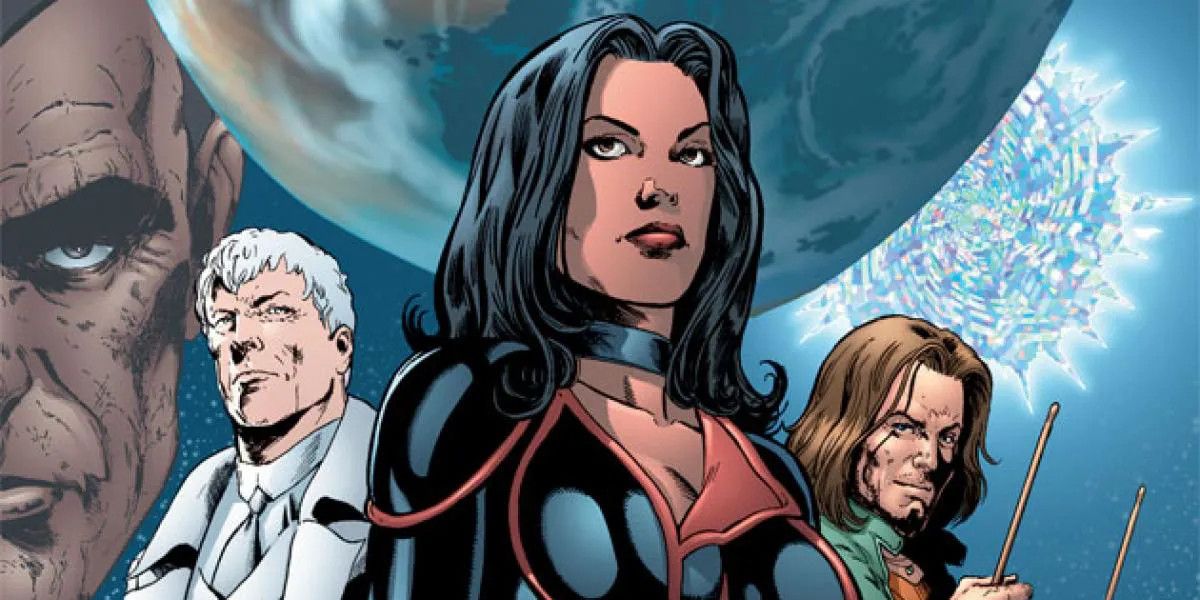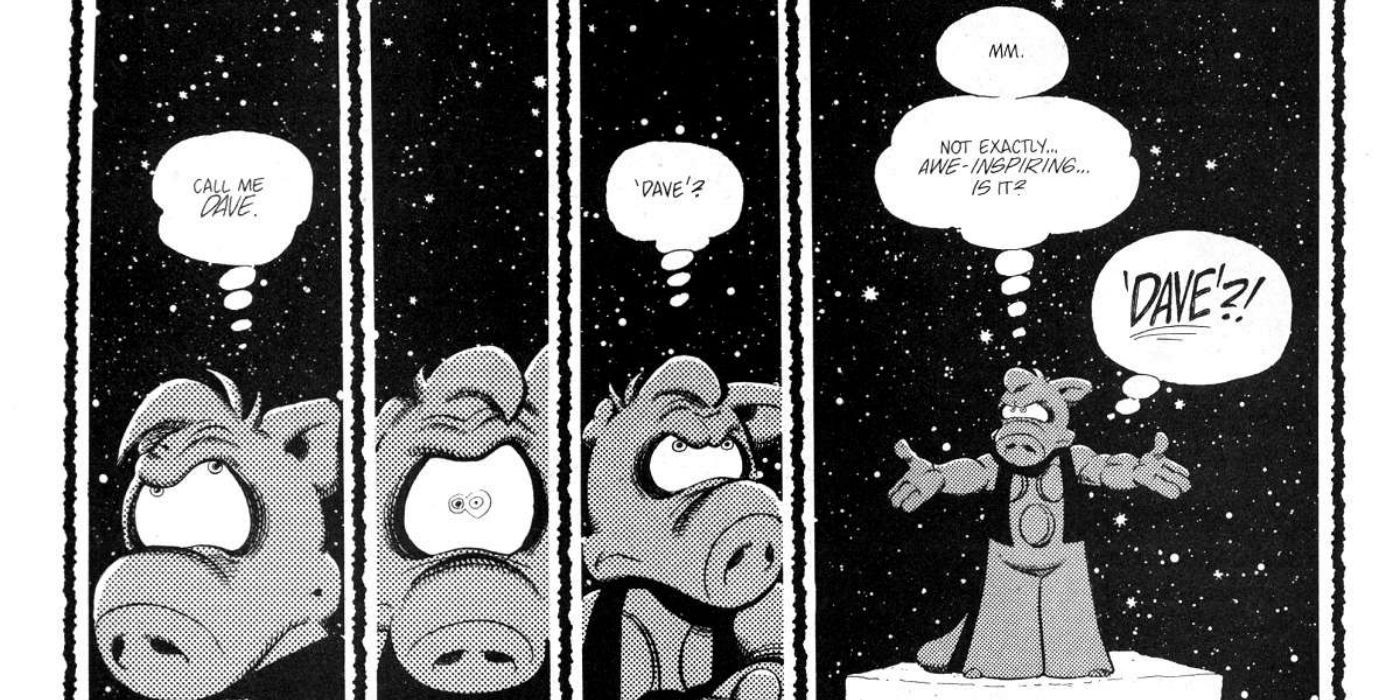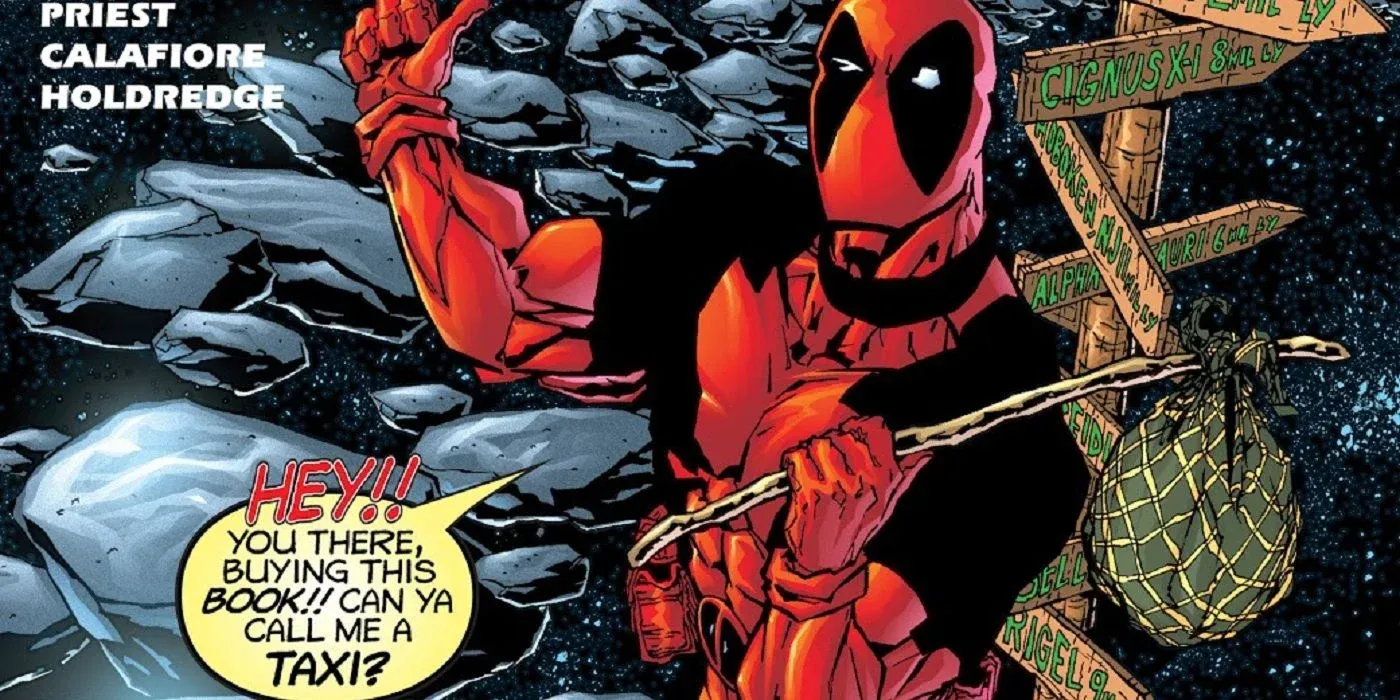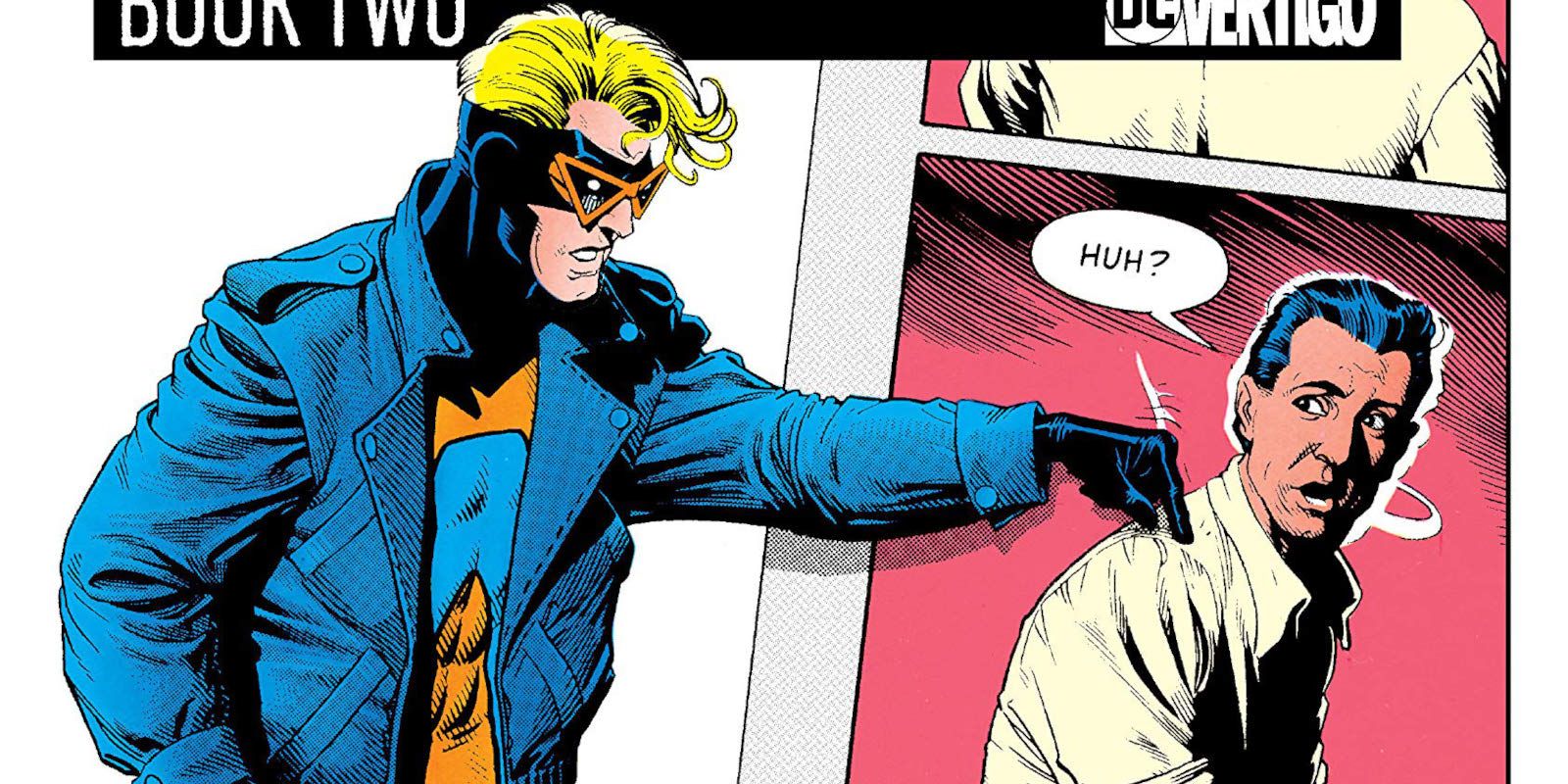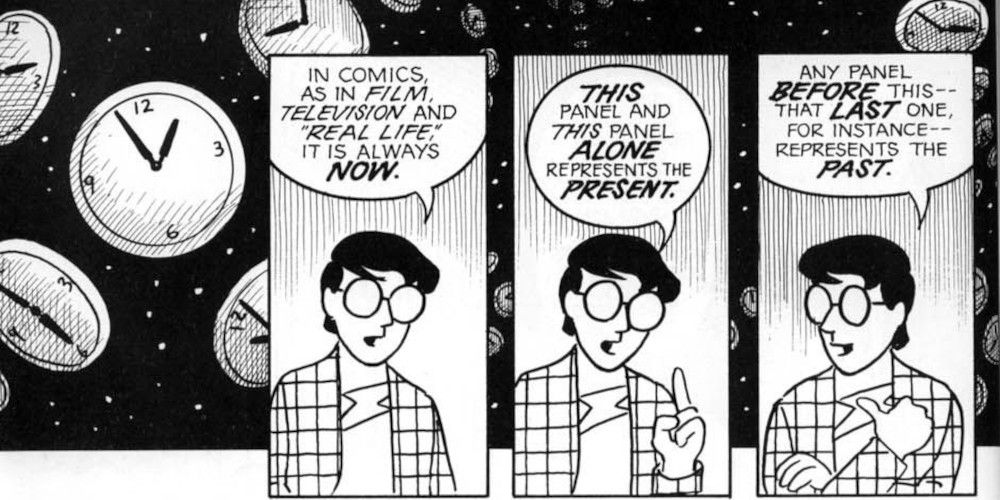When talking about fictional narratives, metafiction is a device to remind the audience about the fact that they're experiencing a fictional work. Often used for parody, metafiction seeks to deconstruct the rules behind narrative itself, questioning it from its roots and focusing attention on any narrative's creation. This form of fiction is very common in all kinds of narratives. It can be found in films, such as The Truman Show, or TV series, such as Community. Additionally, there are many metafictional comics.
Whether it is because they explore their own nature as fictional works or because they don't let the reader and the characters forget about their own fictional nature, these comics are some of the best metafictional works in the comic industry. They're perfect for any reader in the mood for a complex narrative that reflects on itself.
10 The Unwritten Deals With The Connection Between Reality & Fiction
Written by Mike Carey with art by Peter Gross, The Unwritten follows the story of Tom Taylor. Inspired by his son, Taylor's missing father wrote the Tommy Taylor saga, which is a play on the Harry Potter books. Given the series' success, Taylor lives under the shadow of his father's characters, which leads him to reflect on his own identity and the nature of his father's books.
The Unwritten, which was inspired by the real-life Christopher Robin's feud with his own father, is full of references to classic literature. Additionally, it begins as a simple reflection on the connection between life and fantasy, but as Taylor learns more about the books and both realities connect, it becomes obvious that there's more than one dimension coexisting.
9 Opus Deals With A World Within A World Within A World
Two years before debuting in the anime industry, Satoshi Kon created Opus. Inside Opus, Chikara Nagai is working on the end of his manga, Resonance, in which he plans to have one of the characters murdered by the main villain. Instead, he ends up inside his own manga fighting his own characters, who try to defend themselves.
In Opus, Kon plays in three different dimensions. After the Resonance characters end up in Nagai's world, Nagai travels to Kon's world, the real world, and admonishes him for not finishing his manga. In this bit, Kon even mentions Perfect Blue, which was his next project after Opus.
8 Enigma Talks About The Relationship Between Author, Reader & Characters
In 1993, Peter Milligan and Duncan Fegredo created Enigma, an eight-issue series published by Vertigo. This comic follows Michael Smith, a telephone repairman whose life takes a turn after he's rescued by the Enigma, a fictional superhero from Smith's childhood comics.
Enigma follows Smith as he comes to terms with his own sexuality and falls for Enigma, at the time that they track the comic's author, Titus Bird, who makes a pass at Michael. This bizarre love triangle serves as a bizarre reflection on the connection between fans and their favorite heroes, fictional or not.
7 The League Of Extraordinary Gentlemen Plays With Intertextuality
Originally planned as a Victorian version of the Justice League, Alan Moore's The League Of Extraordinary Gentlemen reunites several iconic characters from different classic literature books. In this comic, Mina Harker from Dracula joins Dr. Jekyll/Mr. Hyde, H. G. Wells' The Invisible Man, and Verne's Captain Nemo, among others, to stop a war between Fu Manchu and Sherlock Holmes' archenemy, Professor Moriarty.
This comic's characters aren't aware that they're inside a comic. However, they're living references to famous books that most readers will recognize. The League Of Extraordinary Gentlemen is the perfect comic for a literature reader looking for a comic to expand their library.
6 Marvel 1985 Mixed Earth-616 & The Reader's Universe
Created by Mark Millar and Tomy Lee Edwards, Marvel 1985 follows a world where Marvel's villains and superheroes travel to Earth-1218, which is the Marvel Multiverse designation for the real world, inhabited by the readers. This comic focuses on Toby Goodman, a kid who starts seeing Marvel villains in his own neighborhood.
In Marvel 1985, Marvel's heroes and villains don't seem to realize they come from comics. Instead, they see real-life as another alternate earth. Still, Marvel 1985 marks the first time Earth-616 leaks into the real world and one of the few times the Marvel comics have accepted their fictional comic-like nature. This comic features Earth-1218's first mutant, Clyde Wyncham, who later becomes the Marquis of Death.
5 Planetary Is A Huge Homage To Comic Books
Planetary, by Warren Ellis and John Cassaday, depicts the adventures of Jakita Wagner, The Drummer, and Elijah Snow, aka the Archaeologist of the Impossible. Throughout 27 issues, these heroes travel the world investigating strange phenomena, which often reference Marvel and DC's universes, or other classic figures, such as Sherlock Holmes.
About Planetary's constant connection to other superhero worlds, Ellis explained he wanted to create a story that "went deeper into the subgenre," so he planned a story that had "a hundred years of superhero history [...] leaking" into a modern world. Planetary is a great recommendation for a comic fan with a keen eye for Easter eggs.
4 Cerebus Knows He's A Comic Character
Cerebus the Aardvark, also known as Cerebus, is a long-standing comic book about an anthropomorphic aardvark, created by Canadian cartoonist Dave Sim. This comic, which ran from 1977 to 2009, centers on Cerebus as he takes different roles in society, reflecting on various controversial topics, such as politics, religion, and gender.
Originally a parody of Conan the Barbarian, Cerebus has always been about reflecting on the comic itself. For instance, Cerebus is particularly aware of his own role as a character. He understands he's inside a comic book and often breaks the fourth wall, chatting with Dave Sim himself.
3 Deadpool Is Always Breaking The Fourth Wall
Wade Wilson, also known as Deadpool, was created in 1991 by Fabian Nicieza and Rob Liefeld for Marvel Comics. This character, which debuted in The New Mutants #98, is a mercenary with enhanced regeneration abilities. Deadpool often breaks the fourth wall for the sake of jokes, talking to the reader about his nature as a comic character.
As Joe Kelly introduced the fourth-wall-breaking gag, Deadpool's creators believed the character wouldn't last in the Marvel Universe due to his explicit nature. However, this was exactly what made him such a compelling character. Metafictional jokes are a must in any Deadpool comic. In fact, both films Deadpool and Deadpool 2 include them.
2 Grant Morrison's Animal Man Deconstructs The Superhero Genre
In the '80s, Grant Morrison resurrected Animal Man, a '60s superhero with the ability to temporarily borrow the abilities of animals. Morrison's run on this character advocated for different social causes, important for Morrison, such as animal rights, and strived to deconstruct the superhero genre.
To achieve this level of deconstruction, Morrison often uses half-drawn panels that signal the artist's work is happening at the same time as the reading. Additionally, the characters interact with the comic's panels and even with Morrison themselves. In fact, when the hero's family dies, he questions the author about their decisions.
1 Understanding Comics Analyzes The Comic Itself
In 1993, American cartoonist Scott McCloud created Understanding Comics: The Invisible Art. This comic is a non-fictional work that explores comics from a theoretical perspective. In Understanding Comics, McCloud reviews comics' historical development, its many elements, the many theories behind them, and their applications through history.
Understanding Comics features a cartoon version of McCloud himself speaking about comics while moving through different panels and manipulating them to support his explanations with images. Although it isn't a narrative, it's a comic talking about comics, while acknowledging its nature as a comic. It doesn't get more metafictional than this.

